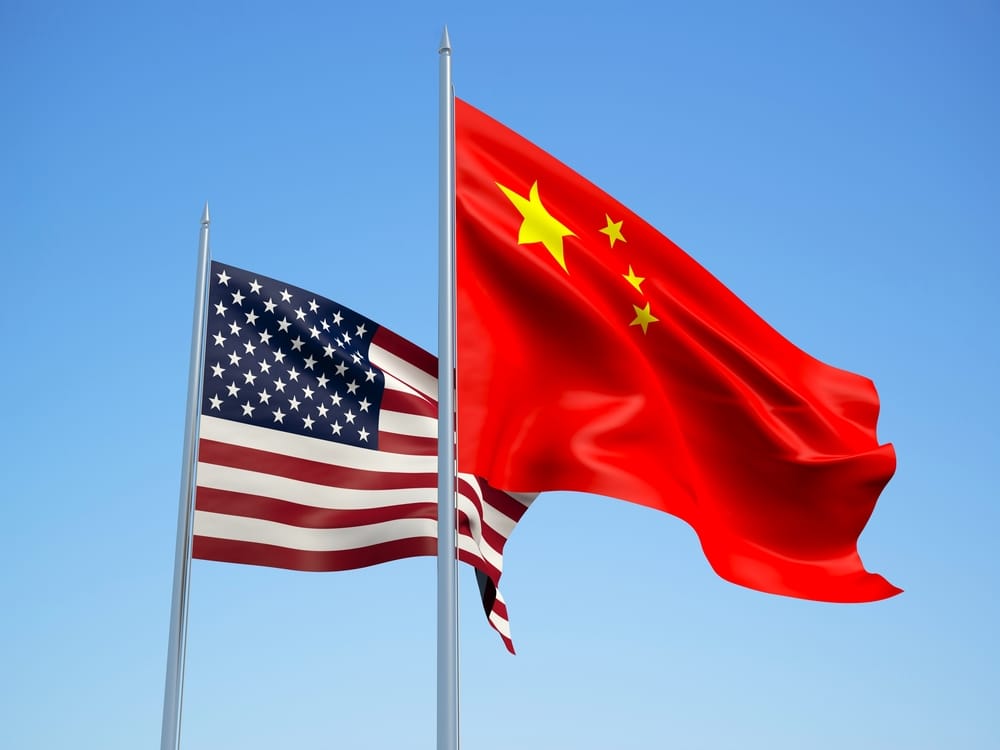
The foreign exchange markets reacted with fear on Monday as it became increasingly clear that the risks of a new US-China trade dispute were pressing and real.
The two large economies spent much of 2019 locked in a fight over tariffs on imports and exports, and the wrangling caused havoc in the markets for months.
While there appeared to be something of a ceasefire due to an early-stage trade deal and then the coronavirus crisis, indications on Monday appeared to be that the issue could come back on to the cards.
The US Secretary of State Mike Pompeo has accused China – and specifically a laboratory in the city of Wuhan – of being responsible for the coronavirus.
There is now some concern that there may be punishment on the cards for Pompeo.
One such option is for the US to stop payments on bonds issued by the US Treasury but in the possession of China.
Another is for the US to institute tariffs on Chinese goods, potentially leading to a “tit for tat” trade war in which the two countries add increasingly punitive levels of fees on each other’s imports.
Whatever the outcome, it is likely that the foreign exchange markets will perceive the developments as risky.
Trade barriers tend to be looked down upon by forex traders, and they are often seen as a source of tension.
The main victor in the newly trade war-focused landscape seemed to be the US itself.
The dollar index, a tool used by analysts and traders to assess the position of the currency in relation to more than five others from around the world, was up.
It saw a rise of about 0.3% on Monday, reaching 99.529 at one stage.
This represented its second day of rises.
There were also big drops for other major individual currencies.
The British pound, for example, was down by more than a quarter of a percentage point in its pair against the greenback.
It was seen at $1.2441 at one point.
The single European currency was also down, this time by 0.7%.
It reached $1.0907 at one stage.
The dollar rose, even despite bad figures when it came to factory orders.
Demand for goods made in US factories was down by a higher figure than had been expected in March.
A panel of economists had predicted that it would go down by 9.7%, although in reality it went down by 10.3%.
In China itself, the offshore yuan – which is the version of the currency traded outside of China on the open market – was down to its worst point in six weeks in its pair against the US dollar.
It was seen at 7.1555 at one stage, which was its worst performance in six weeks.
Despite what appeared to be large-scale hegemony for the greenback, the currency was still down against one of its rivals on Monday.
It was spotted down by a fifth of a percentage point in its pair against the Japanese yen, which is known for being a safe haven currency.
 Between 74-89% of CFD traders lose
Between 74-89% of CFD traders lose  Your capital is at risk
Your capital is at risk  Your capital is at risk
Your capital is at risk  Your capital is at risk
Your capital is at risk